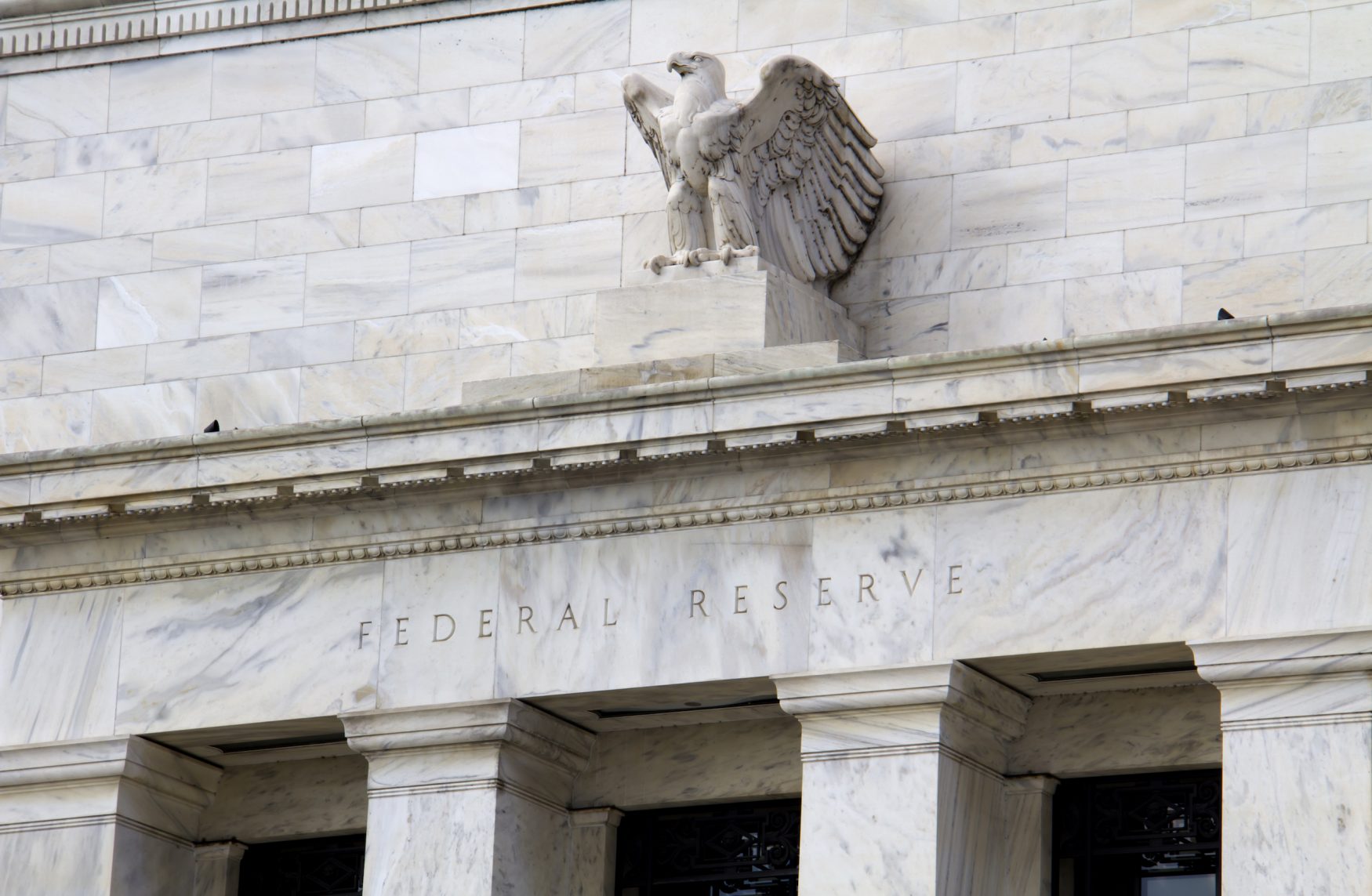
The Fed is a Central Bank, why is this a Problem?
The Fed is a Central Bank, Contrary to The Desires of The Founding Fathers And The Welfare of The Country.
Currency is the method used in most countries for trade and repayment of debt.
Generally, bills and coins are issued by a bank that represents a set value and is backed by that bank.
In some cases, this backing is in the form of an exchange rate for actual assets or commodities, in others it is backed by the reputation of the issuing bank alone.
Some countries have adopted a central banking system in which all of this currency is issued and backed by the government itself.
The Federal Reserve of the United States (commonly referred to as “The Fed”) not only issues and backs all the currency of the United States, it also regulates monetary policies for the country.
Still, many US citizens do not realize that the Fed is a central bank.
In theory, the central banking system offers stability by giving citizens currency that is just as trustworthy as the government itself.
The success of this type of currency depends largely on the government of any given country, which will determine if the currency is truly dependable.
Historic Sentiments Concerning Central Banks
The founding fathers of the United States were adamantly opposed to a central banking system because it opens up so many possibilities for corruption and manipulation of the system.
In the day of such notable men as Thomas Jefferson, James Madison, and Andrew Jackson the precursor to the Federal Reserve backed 20% of the country’s currency while private banks held the rest.
For these men, even that 20% was too much power to give any one bank. Today, The Fed issues the only form of legal tender in the United States.
These men would be rolling in their graves if they knew the Fed is a central bank.
The Real Value of U.S. Currency
Even worse, currency is no longer backed by anything of value in the U.S.
In the early 1940s a gold standard was set in place which ensured every bill issued by the government was backed by a set amount in gold.
This made the currency valuable and desirable to both citizens and foreigners. Unfortunately, when hard times struck, the government responded by printing more money.
In the early 1970s it became clear that far more currency was in circulation than the government had gold to back, so they did away with the gold standard.
Suddenly, the only worth of the money people held lay with what the government said it was worth.
Effectively, this turned the United States’ gold-backed currency into a fiat currency, a currency that has nothing to back it but is used because the law requires that it be accepted in payment for anything of value.
The Results of U.S. Monetary Policy
Alan Greenspan, who was chairman of the Federal Reserve for 19 years, was disturbed that the Fed is a central bank and that the gold standard is no longer in use.
Greenspan believed that a fiat currency had no value except to rob people of their wealth and to give more to the government without holding it accountable for its currency in valuable commodities.
Many economists believe that a fiat currency cannot maintain a country’s wealth indefinitely and, for the most part, the system only works for small countries.
Why should it be disturbing that the Fed is a central bank that controls the entirety of the country’s currency?
The primary weakness of a central bank is that, in times of difficulty, if all of the nation’s wealth is backed by a single entity it is vulnerable to economic shifts that can have devastating effects on the economy as a whole.
Should this single bank falter, the nation is extremely likely to be plunged into a recession.
This has happened several times in the history of the United States, most recently the crippling recession announced in 2008.

 My First Amazing Ayahuasca Experience
My First Amazing Ayahuasca Experience  Pine Needle Tea
Pine Needle Tea  The REAL Controllers of Humanity: The Papal Bloodlines
The REAL Controllers of Humanity: The Papal Bloodlines  Is it Global Warming or Cooling?
Is it Global Warming or Cooling?  Gun Rights and Obama Examined
Gun Rights and Obama Examined